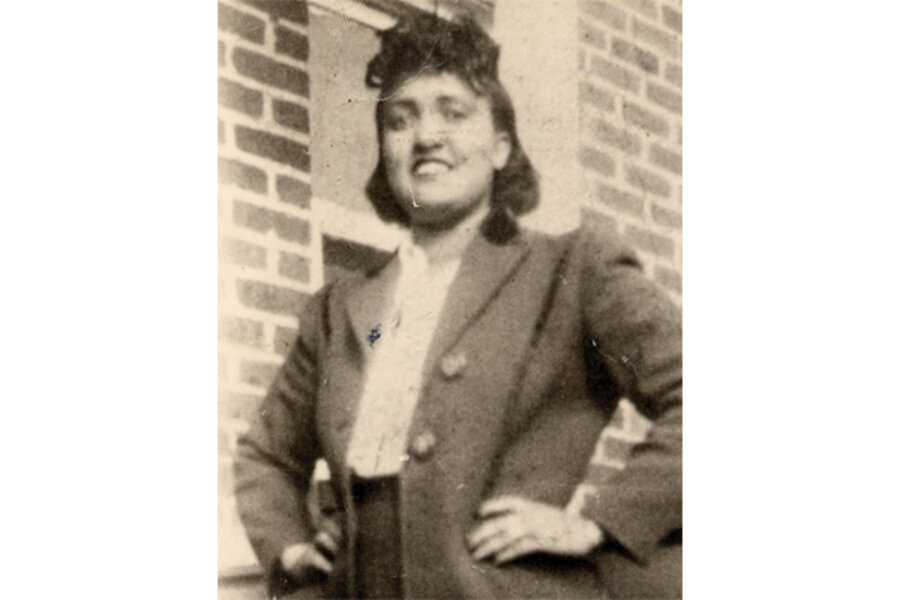Henrietta Lacks family, National Institutes of Health come to privacy agreement
Loading...
An important new development to add to the story of Henrietta Lacks, a narrative that was discovered by thousands of readers when Rebecca Skloot’s 2010 book “The Immortal Life of Henrietta Lacks” became a bestseller.
Lacks, who was diagnosed with cervical cancer and died in 1951, had tumor cells taken from her by doctors who then discovered that her cells could survive in a lab setting, something no cells had been able to do before. Since then, Lacks’ cells have been used in as many as 74,000 cancer studies despite the fact that neither Lacks nor her family ever gave permission for her cells to be used for scientific research.
However, the Lacks family will now be more involved with the HeLa cells, as they’re known, and how they’re used for scientific purposes, as the result of a recent agreement between the Lacks family and the National Institutes of Health.
A couple of recent developments made the need for an agreement more urgent. This past March, European Molecular Biology Laboratory scientists sequenced Lacks’ genome and published it, which meant anyone could download it. In addition, Nature magazine was about to release a new NIH-sponsored study from the University of Washington that had been done on Lacks’ cells, examining the way that they have survived as no other cells have ever been know to do. The Lacks family objected when they found out about the two projects.
“I said, ‘No, this is not right,’ ” Lacks’ granddaughter, Jeri Lacks Whye, told The New York Times. “They should not have this up unless they have consent from the family.”
The highly public nature of the information was the concern that the Lacks family wanted to address, Lacks Whye told the NYT.
“The biggest concern was privacy,” she said. “What information was actually going to be out there about our grandmother, and what information they can obtain from her sequencing that will tell them about her children and grandchildren and going down the line.”
Nature held off on publishing the article and the EMBL took the genome data down while the Lacks family and the NIH discussed how to proceed, and soon the group settled on a policy with which to go forward. The information from the EMBL and the data from the University of Washington study would both be put in the NIH genotypes and phenotypes database. However, those wanting the information for research would have to apply to a HeLa Genome Data Access group and, once approved, submit reports on their work. The group would include two members of the Lacks family. (Meanwhile, the Nature article was published earlier this month.) The Lacks family will not receive money from products created through the research under the current agreement.
“In 20 years at N.I.H., I can’t remember something like this,” NIH director Francis Collins told the NYT.
In an interview with USA Today, he said this should only be the beginning of new agreements between families and medical science.
“Frankly the science has moved faster than the consent process, and maybe it is time to catch up,” he said.
Skloot, who said she listened to the meetings between the NIH and the Lacks family through speaker phone, told National Geographic that the agreement was a huge step forward for the family.
“In my wildest dreams, what I hoped would happen [is that the book would] lead to a big national discussion that would result in scientists and the Lacks family being in the room together talking and making some kinds of decisions about policy,” she said. “It's an incredible thing to see.”
An HBO movie of “Henrietta Lacks” is currently being planned and Oprah Winfrey and “True Blood” creator and executive producer Alan Ball are set to produce.







